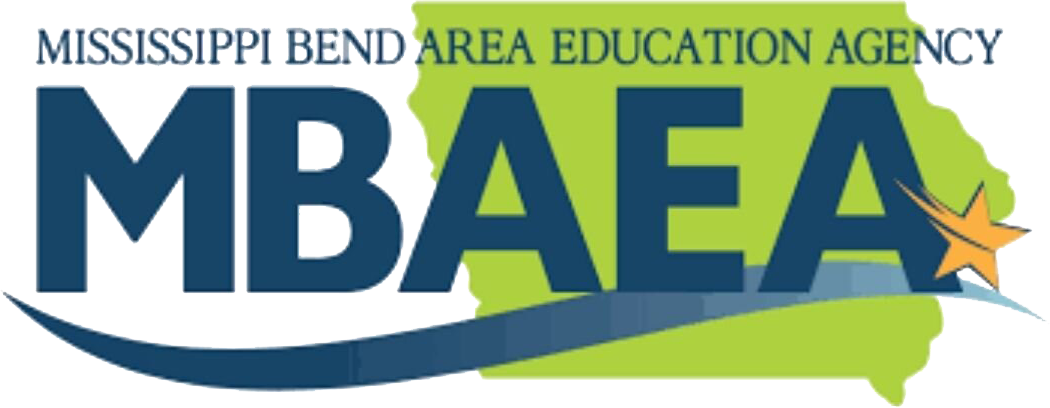Speech-Language Pathologists (SLP), unlike many classroom teachers, have the unique benefit of getting to “keep” a student for years at a time. This leads to wonderful relationships - the inevitable connection between SLP and family and the “Remember when I just wished he’d say ANYTHING? Now he never stops talking!” moments between SLP and parents as the speech journey comes to an end. For this reason, it can be hard for both parties to let go at dismissal time.
Students spend varying amounts of time on IEPs fully dependent on student progress, discrepancy, and need. IEPs are tied to students demonstrating an educational discrepancy from peers and sustained as long as that need is present and impacting their educational success or access to curriculum, peers, and adults in their environment.
In the area of articulation, this often means looking at a student’s performance in reading, writing, class participation, and investigating whether any social aspects related to their speech sound errors are present. Language has more obvious implications in all aspects of educational success. Likewise, fluency, social communication, AAC, voice, and everything else in our broad scope of practice, require taking a look at educational impact and accessibility.
Dismissal conversations require a convergence of data. SLPs take data and input this into a graph within the IEP system. Each graph has a built-in aim line from beginning to end and multiple points above or below the aim line require a modification of some sort - whether that is in instructional/procedural strategy change, increase or decrease in support minutes, or materials change. This is a great way to know in real-time just how students are doing and project how progress toward a goal may be achieved. It allows conversations about next steps to happen often and regularly.
While at times, let’s be real, it feels exceptionally tedious to input data for so many students so frequently, this not only allows, but requires, conversations about how to change instruction if there has been stagnation or lack of progress. Graphing opens up the door to asking what we can modify in order to encourage change. How does our specially designed instruction need to be made more accessible, difficulty level increased, or frequency/duration modified?
When you begin with the end in mind, it becomes common practice to start to have a “graduation conversation” at the initial IEP. This doesn’t mean SLPs come with a magic ball designating the exact time of dismissal, but it does mean the conversation about focusing on that celebration of dismissal is one that is initiated at the beginning and revisited at least annually. For example, when staffing in an articulation student just beginning work on /r/ at the word level, the SLP can walk parents through the process of what work looks like now, what it will look like next, and how we will all know when the student is ready to be done with specially designed instruction provided by the SLP and ready for more generalized practice with teachers and family.
Having these conversations right from the get-go enables parents to see the big picture and understand why dismissal is a reason to celebrate. There are times in annual meetings it can even be beneficial to remind parents the IEP may not even make it the full course of the year if dismissal is within sight. Our primary responsibilities as school-based SLPs are to provide unique instruction specifically designed to support educationally relevant speech-language/communication concerns. As we pass the torch for the generalization of skills, we can supply materials to support continued practice and maintenance of learning targets in the classrooms and at home. It is critical to keep parents and teachers informed about this transition from instruction and practice to solely practice. This helps us avoid those difficult dismissal conversations when students may still sound different or lack carry-over of learned skills in all situations.
With graduation aspirations clear from the beginning, open conversations about what support looks like when we relinquish traditional pull-out services, and an option to become a coach, those end-of-intervention conversations should feel a lot smoother. And that calls for a celebration!
